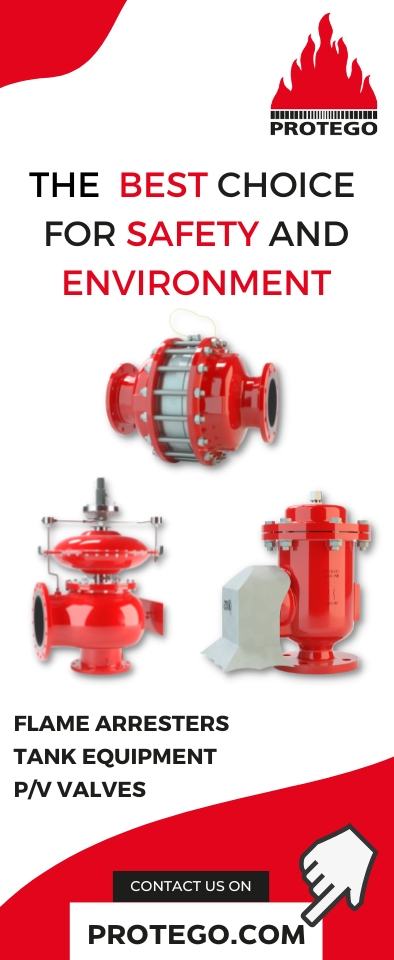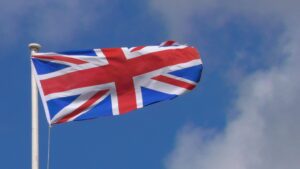For over half a century, floating roof seal assemblies have been, at most, an afterthought. Very little consideration was given to how a seal would function, and even less given to actual emission control. Little thought was given to product compatibility, tank conditions, shell deformations and tank cycling. As long as the gap between the floating roof and tank shell was bridged with a device of some sort, the tank was deemed operational, giving a false sense of safe operation and emission control. The typical seal system installed on steel floating roofs has remained consistent for the past 30+ years. […]
This post is only available to members. Please login below, or purchase Tank Storage Magazine Subscription – Print & Digital Subscription or Tank Storage Magazine Subscription – Digital Subscription to access this post.
log in
log in










